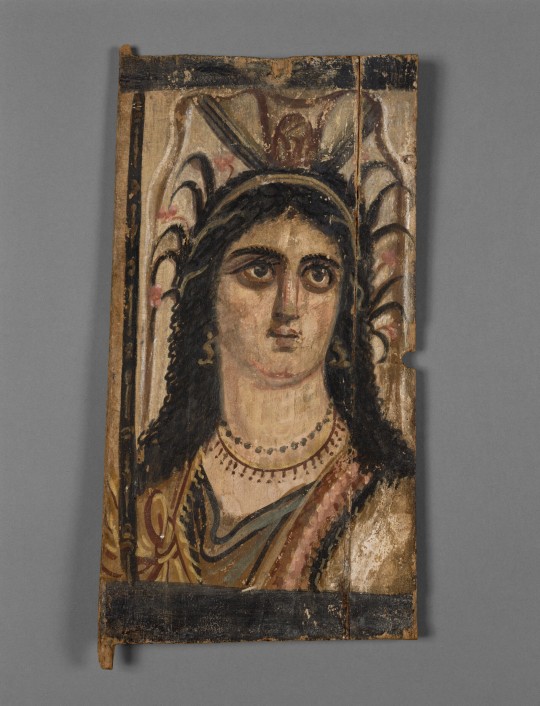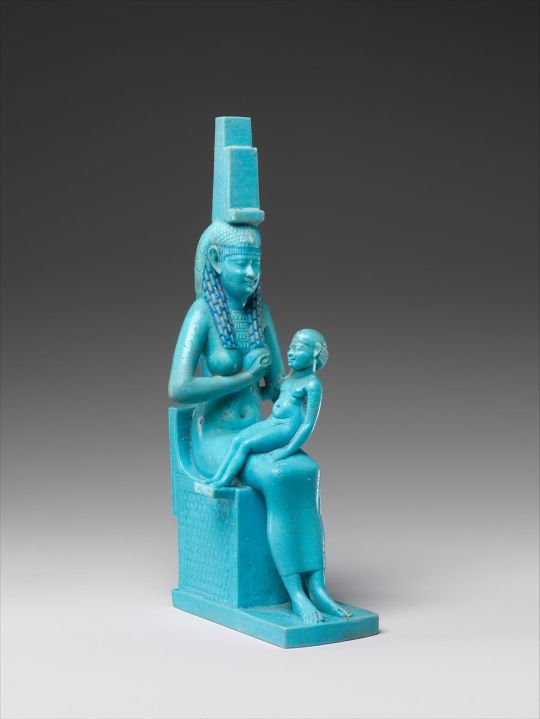#serapi
Explore tagged Tumblr posts
Text

That image we all know and love but Ariadne and Dionysus!
+Dialogue

+Serapis and Heiro inclusion because they’re all in the Underworld together anyways.




#they mean a lot to me#serapis is very pretentious#but he likes heiro so it’s fine#ariadne#dionysus#dionysos#serapis#heiro#greek mythology#greek myth art#mythology art#mythology#minoan
992 notes
·
View notes
Text
youtube
Hello there! Earlier this year, the full plot of the Cad Bane/Boba Fett Clone Wars arc from Season 6 was revealed.
I was able to document the plot in case it ever got removed. Now, after months of research and editing, I present to you the full 4 episodes of the Bounty Hunters arc from the unfinished Star Wars The Clone Wars season.
#star wars the clone wars#the clone wars#star wars#boba fett#cad bane#bounty hunter#slave 1#jango fett#bossk#aurra sing#bounty hunters#highsinger#latts razzi#cato parasitti#todo 360#embo#dengar#hondo ohnaka#hondo#robonino#twazzi#sugi#serapis#Youtube
112 notes
·
View notes
Text
And often [I have observed that] an elephant that pursues and threatens foretells illness. And one that seizes and manhandles someone signifies death for the observer but, when it does not seize them, it signifies that one, having come upon utmost danger, will be saved. For in fact they say that this animal is sacred to Pluto. (Artemidorus, Oneirocritica, 2.103ff)
Crazy. No one ever told me that elephants were Plouton's sacred animal. Now I have one more piece of "evidence" for my theory that Hades favors Dionysus because Elephants are famous as Dionysus' spoils of the war from India. Just imagine a charming young god arriving at your dark realm with myrtle and an elephant—it's hard not to favor him.
So I doodle as fast as I can and I never tried to draw an elephant before.😂

#While all eyes are on black sheep and owl but Artemidorus appears with☝️🤓ackshually...#although the original text may speak of the African elephant im not sure#considering the influence of Egyptian religion#greek mythology#greek gods#greek myth#incorrect greek mythology#plouton#hades#pluto#pluto deity#hades deity#sarapis#serapis#dionysus#dionysos#daily life of the chthonic#greek myths#my art#greek myth art#my artwork#digital art#my sources📜
52 notes
·
View notes
Text
The Percy Jackson/Kane Chronicles crossover stories mention gods like Serapis, who was a god created when the greeks ruled egypt. And that made me realize that greece and egypt apparently created some unique gods when they came together. Because you were blending two cultures, so the myths became blended together as well. Hermes and Thoth became synonymous, for example. Or new gods like Serapis were formed who were neither purely greek or egyptian, but a new and distinct third thing (presumably greco-egyptian?). It's actually kind of fascinating to think about.
#percy jackson#percy jackson and the olympians#percy jackon and the olympians#pjo#pjo hoo toa#the kane chronicles#kane chronicles#tkc#rick riordan#riordanverse#riordan universe#serapis#greek mythology#egyptian mythology#It's all very fascinating to me#how things like this happened
62 notes
·
View notes
Text

Colosseum, Rome, Italy: The Colosseum is an elliptical amphitheatre in the centre of the city of Rome, Italy, just east of the Roman Forum. It is the largest ancient amphitheatre ever built, and is still the largest standing amphitheatre in the world, despite its age. Wikipedia
#Colosseum#Ellipse#Amphitheatre#Vespasian#Titus#AD 70–80; 1944 years ago#Regio III Isis et Serapis#Rome#Lazio#Italy#europe
132 notes
·
View notes
Text
🏺THE MYSTERIES OF ISIS: SYNCRETISM IN ANCIENT ROME PT.2🏺


Left: Priestess of Isis,John Cheere (18th century), National Trust Collection. Right: Priestess of isis, Museo Archaeologico Regionale, Palermo, Sicily.
As we've seen in the previous post, foreign gods made their way into Roman culture. In the case of Egyptian gods, they were usually adopted by the Greeks before arriving to the Italic peninsula.
In this post, we're going to talk about the mysteries of Isis. Unlike typical religious practices, which were often public services, mystery rites promised their followers a closer connection to a particular god.
Isis wasn't the only nor the first god to have a mystery rite. In fact, it surged as a way to honour the foreign godess in a somewhat "familiar" way.
The Eleusinian (honouring Demeter and Persephone, also known as Kore) and the Orphic mysteries (Orpheus) had an earlier development in Greek culture and would become the most famous mystery rites.

Wall painting depicting Isiac rites.
The practices of the cult was, as the name suggests, a mystery. Participants had to swear a vow of secrecy, and, as a consequence of its private character, many things are unknown to us.
The rites heavily focused on death and belief on the afterlife, and also recreated the myths surrounding the godess Isis, like the murder of Osiris.
One of the only accounts of the mysteries of Isis is depicted in The Golden Ass. In Book 11, Lucius, the protagonist, is transformed back into a human guided by the Egyptian goddess. In return, Lucius becomes part of the cult.
As other pagan cults and worships, the mystery rites died out when Christianity rose to power.
#pagan polytheism#ancient history#art history#hellenic deities#hellenism#ancient rome#ancient egypt#serapis#isis goddess#hellenic pagan#hellenic paganism#cultus deorum#eleusinian mysteries#orphic#orphic mysteries#pagan worship
51 notes
·
View notes
Text

Serapis surrounded by Planets and Signs of the Zodiac, amethyst gem. Roman imperial, 1st to 3rd century.
34 notes
·
View notes
Photo

Ancient Egyptian Gods
The worship of Egyptian gods dates to the Predynastic Period in Egypt (c. 6000 to c. 3150 BCE) but is no doubt much older as the veneration of these deities was already established in rudimentary form through rock carvings dated to c. 6000 BCE, suggesting the gods were recognized before this time.
Continue reading...
57 notes
·
View notes
Text

Hail Great Serapis, Nourisher and Healer of Humankind, Glorious Lord! | Devotional Serapis icon.
#pls dont steal#nor repost#serapis#sarapis#user-hep#my art#own art#devotional art#pagan art#kemetic art#kemeticism#helpol#theoi#netjer#netjeru#graeco-egyptian polytheism
80 notes
·
View notes
Text

Gods of Rebirth… Sons of Hades, you know, you know.
#Erm actually Serapis is God of Resurrection but for the sake of the caption#Serapis you really are Hades’ son#Don’t tell him I said that#Serapis#Dionysus#Dionysos#greek mythology#greek mythology art#egyptian mythology#mythology art#Hades#Persephone#buggee22
85 notes
·
View notes
Text
“The Greek-Egyptian god Serapis likewise was thought to afford protection. On one side of a gem functioning as an amulet, the figure of Zeus Serapis is displayed, with the inscription on the reverse reading nika ho Serapis ton phthonon (“Serapis conquers envy/the Evil Eye”). Another glass amulet is inscribed with words, Me[g] a to onoma Sarapis (“Great is the name of Serapis”). The inscription, Eis Zeus Serapis, Baskanosdarêsetô (“Zeus Serapis is unique, let the Evil Eye be flayed”) protected a house. A similar inscription affixed to a house read, Eis Zeus Serapis, Baskanoslakêsetô (“Zeus Serapis is unique, let the Evil Eye be banished”). The gods provided charis, “generous benefaction,” which was the opposite of baskania and phthonos. Charis originally meant “emanation from God, human, or animal bearing blessing” which was the antithesis of an Evil Eye and envy. The gods effected good fortune through their blessing glance of charis. The eyes of Zeus, Apollo, and the Muses brought light and blessing. Minerva in particular, was considered the goddess of the blessing look, which baskania could not endure.”
Beware the Evil Eye: The Evil Eye in the Bible and the Ancient World, Volume 2 by John H. Elliott
#op#zeus#serapis#apollo#minerva#athena#helpol#hellenic polytheism#egypol#rompol#evil eye#tertiary sources
15 notes
·
View notes
Text
I think there are too many retellings of Zagreus as a past life of Dionysus. I don't think Nonnus truly describes Zagreus as reborn as Semele's Dionysus—there are only a few subtle hints in that direction.
Many scholars use the name "Zagreus" for convenience in distinguishing between Orphic Dionysus and "common" Dionysus, but that doesn't mean Zagreus is the same as the Orphic Dionysus. In most Orphic texts, the son of Persephone and victim of the Titans is simply referred to as Dionysus. Moreover, there's no evidence to suggest that "common" Dionysus cannot be called Zagreus.
#actually I don't think there is a “common” Dionysus#It's the same situation as when people thought the statues of Isis and Serapis in Crete were just Persephone and Hades#Too many details were overlooked#greek religion#greek gods#greek myths#greek mythology#dionysus deity#dionysus#dionysos#greek myth zagreus#zagreus
21 notes
·
View notes
Text
The Percy Jackson/Kane Chronicles crossover actually did teach me something. I did not really Serapis was a deity until I googled him after reading his short story. And it's fascinating to learn about. So I'm just going to recap everything I learned on wikipedia now.
Serapis was either created or popularized by Emperor Ptolemy I. He was supposed to be a god both the greeks and egyptians would like. He was the guardian of alexandria, and his name apparently came from a combination of osiris and the apis bull. Because of that, he was also Isis's husband eventually, after he took Osiris's place. The fun thing is: most of this info got included in Rick Riordan's short story besides the osiris-apis thing. But it's just really interesting to learn about.
#the kane chronicles#kane chronicles#tkc#percy jackson#pjo#pjo hoo toa#percy jackson and the olympians#percy jackon and the olympians#rick riordan#riordan universe#riordanverse#serapis#greek mythology#egyptian mythology
27 notes
·
View notes
Text

Colosseum, Rome, Italy: The Colosseum is an elliptical amphitheatre in the centre of the city of Rome, Italy, just east of the Roman Forum. It is the largest ancient amphitheatre ever built, and is still the largest standing amphitheatre in the world, despite its age. Wikipedia
#Colosseum#Ellipse#Amphitheatre#Vespasian#Titus#AD 70–80; 1944 years ago#Regio III Isis et Serapis#Rome#Italy#Lazio#europe
128 notes
·
View notes
Text
📜ISIS AND SERAPIS: SYNCRETISM IN ANCIENT ROME PT. 1📜


Panels with Painted Images of Isis and Serapis, A.D. 100–200, Getty Villa Museum.
Many gods, mostly of oriental origins, were asimilated by the Ancient Romans once they conquered or made contact with the their territories. Cybele (of Anatolian roots), Mitra (Persian) or Isis and Serapis (Egyptian and Greco-Egyptian, respectively) were figures of devotion in many Ancient Roman houses. Earlier greek syncretism also helped making these relationships closer.
Coins, statues and temples were made in honor of them, and they were respected as equal to the "traditional" Roman deities we usually think of.
The way cults worked, however, was different: some of them had mistery cults associated with their figure, which we´ll discuss in the second part of this post.
Isis and Serapis were firstly associated by the Greeks with Persephone and Hades. Serapis is, in fact, a god formed by the union of Osiris, husband of Isis, and Apis, a bull god son of Isis. The Serapeum of Alexandria was the biggest temple dedicated to this specific deity, but it was sadly destroyed in approximately 391, just when christianity was rising to power.

The Goddess Isis and her Son Horus,332–30 B.C(Ptolemaic period),the MET Museum.
#isis goddess#ancient egypt#ancient history#ancient rome#syncretism#serapis#cybele#cibeles#Ancient rome#roman history#pompeii#mitra#hellenic pagan#hellenism#hellenic paganism#hellenic polytheism#art
30 notes
·
View notes
